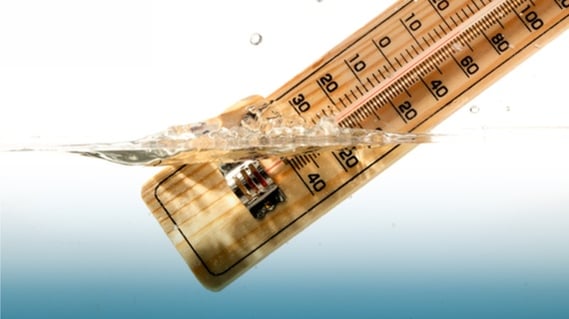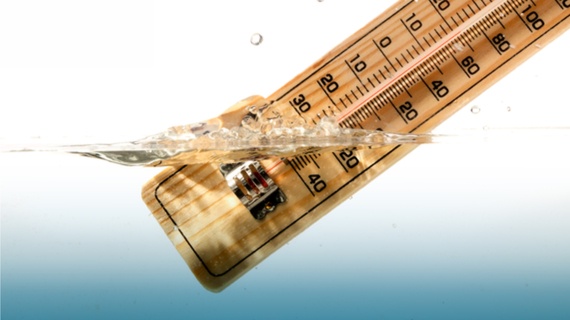
Legionella bacteria is deadly. It is common to many natural water sources, but in man-made systems its numbers can spiral out of control and present health and safety risks to anyone who comes into contact with it. One of the major conditions for increased legionella growth is temperature.
Between January and December 2016, there were 453 reported cases of Legionnaires’ disease. To reduce these numbers for this year, we must consistently manage and monitor water system temperatures, which usually begins by carrying out a legionella risk assessment.
What temperatures should be avoided?
The danger zone for legionella growth is between 20 and 45° C, and so this temperature range must be avoided at all costs. If you fail to do this, legionella can multiply and anyone who comes into contact with the contaminated water will be at risk of developing Legionnaires’ disease.
Cold water systems
The temperature of a cold water system must be kept at less than 20° C. To maintain this temperature, it may be necessary to position any cold water storage tanks in a cool place, and insulate pipes and tanks to avoid unwanted changes.
You should check and record the temperature of your cold water storage tank at a minimum of once every six months. The best place to measure it is at the ball valve outlet of the water tank. You can also check the temperature of the water that is entering the tank at the mains area for additional safety.
The temperature of cold water outlets such as taps and showerheads also need to be monitered on a monthly basis. You should carry out the checks from sentinel outlets, and include additional rotational outlets to ensure you get an accurate reading of the temperature across the entire water system.
When taking a reading from a cold water outlet, you should allow the water to run for two minutes and the place the thermometer within the flow of water.
Hot water systems
To ensure that no legionella bacteria can survive in a hot water system, it must be maintained at a temperature above 60° C. Many hot water storage cylinders can be fitted with a thermometer pocket, which improves the accuracy and ease of measurement.
The temperature of outgoing water from a cylinder must always be above 60°C. You should measure the temperature of the water flowing away from and returning to calorifiers or boilers. Checks on a representative selection of sentinel outlets should also be carried out on a monthly basis.
The water supply to and at hot water services and TMV can be slightly lower in temperature, but must be at least 50° C within one minute of running the water. This should be checked on a monthly basis.
If you’re the facilities manager of your premises, it may be your responsibility to oversee legionella control and monitoring. To find out more, click the link below to download our free guide.







